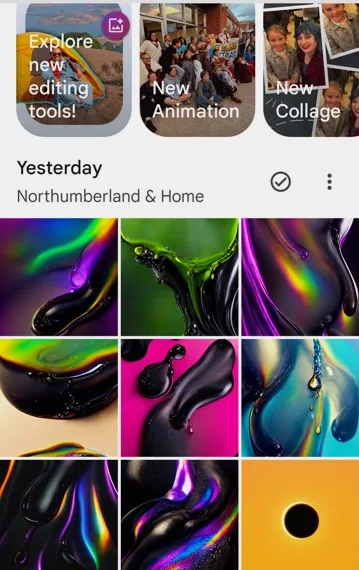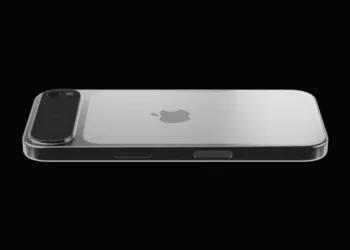Google is making a noteworthy adjustment to its widely used Google Photos application. As initially reported by 9to5Google, the “Memories” tab will no longer be part of the app. This feature, which functions like a digital scrapbook, employed artificial intelligence to curate an AI-driven feed of memories.
The Memories tab, which has been located in the bottom navigation bar, is set to be replaced by a new feature called Moments, which will be found within the Collections section of the app. Here, users can access various categories such as People & Pets, Albums, Documents, and Places.
With this update, the bottom bar of Google Photos will now host just three tabs: Photos, Collections, and Search (or Ask if you’re using Google Gemini). Following the expected rollout of the update to both iOS and Android devices, the Memories branding will be consolidated to the carousel displayed at the top of the main image grid within the app.
- 1. Old Memories (on Android)
- 2. Google Photos New Moments (in iOS)
According to 9to5Google, this new design enhances navigation within Google Photos, giving it a more streamlined appearance. A similar simplification took place with the Google Maps app earlier this year, which also features just three tabs in its lower navigation bar.
Despite the name change, the functionalities remain unchanged, whether referred to as Memories or Moments. This feature continues to serve as a digital scrapbook that displays organized collections of your images and videos from previous occasions. Google’s AI efficiently sorts and highlights these moments, making it easier to revisit treasured experiences, such as special events or trips.
Users can customize their Moments by adding or removing items, editing titles, and selecting new featured images. Sharing these nostalgic compilations with family and friends is straightforward, with full control to hide specific Moments, eliminate photos, or deactivate the feature completely.
Additionally, Moments often showcase automatically created content like collages and animations, adding a creative flair to the experience of looking back.
The latest Google Photos update for devices like the iPhone 16 includes this change, and an anticipated update for Android, especially for models such as the Google Pixel 9, is expected to be available on Google Play soon.














